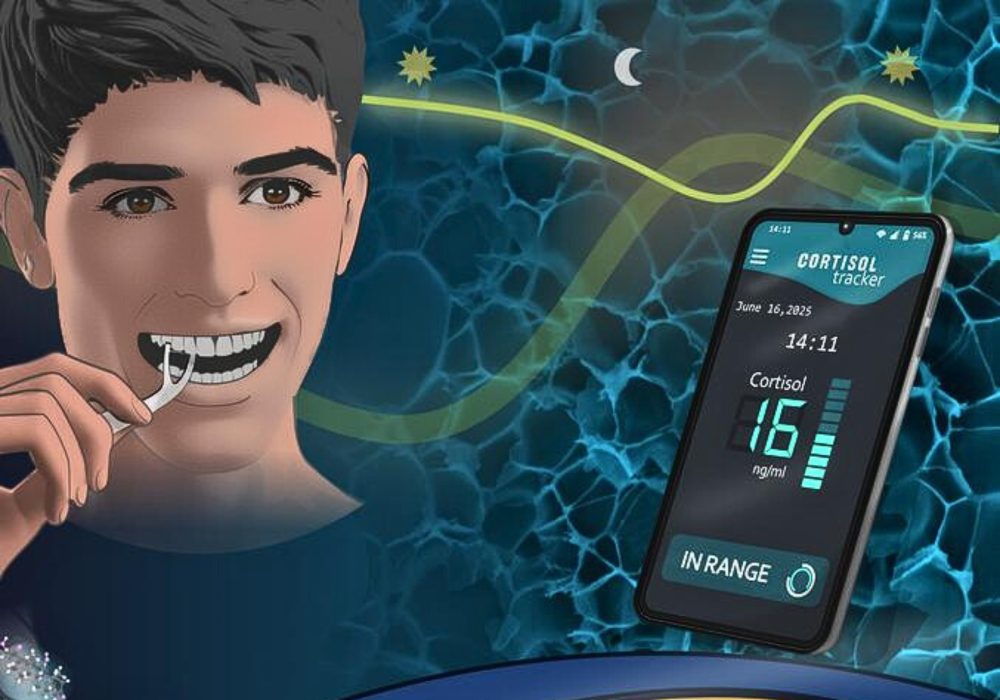
When it comes to keeping users engaged, betting platforms are quietly leading the charge. With responsive design, one-tap functionality, and fast feedback loops, they have mastered the art of retaining attention, often in high-stakes, time-sensitive moments. Health tech developers are now starting to borrow from that model, not to copy the industry’s goals, but to better meet their own: improving health outcomes through better app engagement.
Behavioural science and UI/UX best practices are well-known in both sectors, but the pressure to apply them at scale has been most intense in online betting. Every click, swipe, and delay is monitored and refined to keep users active without overwhelming them. Health tech startups, particularly those focused on preventive care, patient monitoring, or chronic condition management, are beginning to take notice.
Recent user data shows that some new betting sites in the UK in 2025 are outperforming their predecessors by combining AI-driven personalisation with clean, intuitive interfaces that cater to mobile-first users. These newer platforms often skip bloated menus in favour of modular tiles, instant search functionality, and biometric logins, all features that are now making their way into health-related platforms. Developers in both sectors face similar challenges: onboarding users quickly, building trust, and encouraging repeat engagement in a way that feels effortless.
One emerging area of overlap is gamification. In betting, streak-based rewards and daily challenges have become standard. While the health sector has long flirted with gamification, it’s only recently that we’ve seen health apps adopt techniques like level progression, push-based nudges, and points systems to encourage daily logins or medication adherence. Apps like MySugr, which supports people with diabetes, and SuperBetter, which uses game mechanics to boost mental resilience, show how this approach can be adapted responsibly.
There’s also a growing appreciation for how UX decisions impact retention. Health apps often suffer from low daily active use once the novelty wears off. By contrast, betting platforms work hard to sustain interaction over months or even years. Lessons around micro-interactions, subtle animations, and time-bound incentives are being noted by health developers aiming to extend the lifespan of engagement beyond the first few sessions.
Trust, of course, remains a key difference. Health apps must convey medical accuracy and privacy protection, while betting platforms must promote fair play and financial transparency. Yet both are under the microscope when it comes to user wellbeing. Where new betting platforms have added real-time pop-ups to flag excessive play, health apps have begun to include similar features: reminders to take breaks, drink water, or check in with a clinician. It’s a subtle but important cross-industry influence.
Push notifications are another area of shared interest. Betting apps use them to alert users to shifting odds or new promotions. Health apps are following suit by offering updates on prescription availability, appointment reminders, or symptom tracking prompts. Done well, these can feel helpful rather than intrusive. The key lies in timing, tone, and user control, lessons well-honed in the iGaming world.
Even features like instant chat support or FAQ bots, once rare in health apps, are now becoming common. The speed and clarity of customer support in top betting platforms have raised expectations across mobile tech. Healthcare startups are responding, not just with better chat UX, but with AI tools that can triage patient queries more efficiently before escalating to a human provider.
Importantly, this isn’t a story about medicalising gambling or trivialising health. It’s about recognising shared problems like user drop-off, app fatigue, and onboarding friction, and solving them with proven design choices. Betting platforms have had years to test what keeps people engaged. Health tech is catching up and adapting those insights to serve a very different goal: better public health.
As wearable technology, mental wellness apps, and mobile diagnostics expand, the pressure to retain attention will only grow. The future of healthcare won’t be delivered solely in hospitals or clinics, but through the apps people check between meetings, on the train, or while winding down at night. In that reality, user experience is not a luxury. It’s a core part of whether these tools actually work.
By looking sideways at industries like online betting, health tech can move faster. Not by replicating purpose, but by adopting what works and discarding what doesn’t with clarity and care.





